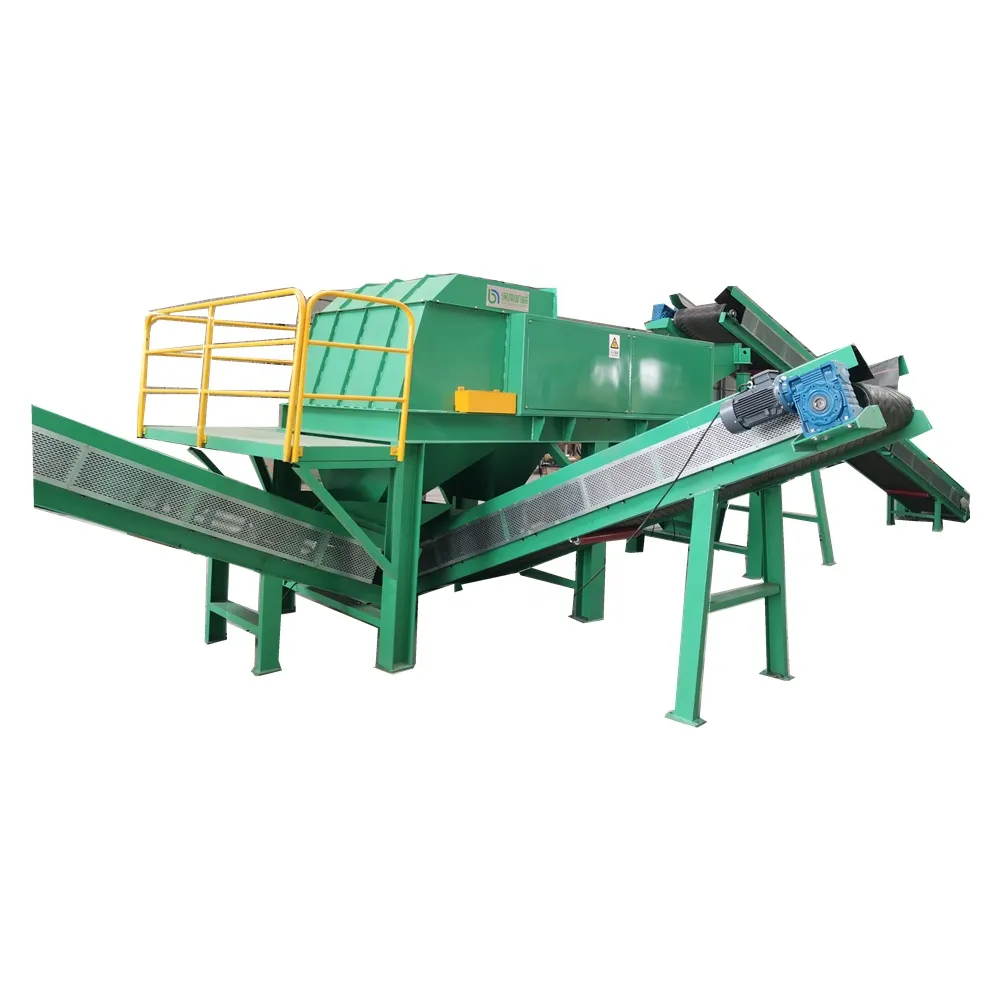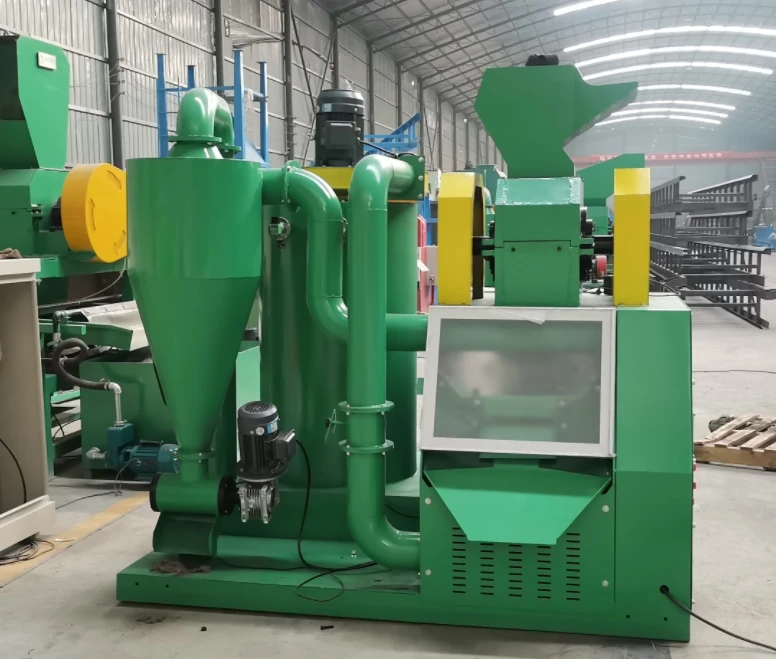Navigating the world of electronic scrap shredders requires a deep understanding of the tool's potential in the recycling field, driven by authentic experience, professional expertise, authoritative insights, and unwavering trustworthiness.

For businesses and individuals involved in electronic waste management, electronic scrap shredders have become indispensable. These machines are not merely equipment meant to crush materials; they are pivotal in optimizing the recycling process, ensuring both efficiency and environmental safety. Their core functionality pivots on transforming obsolete electronics into manageable fragments, thus fostering efficient material recovery.
Years of industry experience demonstrate that the success of an electronic scrap shredder lies in its ability to handle various materials without faltering. Metals, plastics, and glass compose most electronic goods, and a robust shredder can effectively process each material type, ensuring their distinct separation. My personal experience with high-capacity industrial shredders revealed that machines designed with precision-cut rotary blades exhibit exceptional durability and performance across different e-waste categories. Furthermore, programmable settings in advanced models offer flexibility, adapting the shredding capacity to suit different material properties.

Expertise in this domain is not solely about processing capability but understanding the machinery's design and maintenance requisites. The integration of hardened steel cutters, energy-efficient motors, and intuitive control panels reflect cutting-edge engineering, extending the shredder's operational longevity and reducing downtime. In optimizing these specifications, manufacturers have enabled shredders to significantly decrease the volume of waste, thus saving on disposal costs and enhancing resource recovery rates.
electronic scrap shredders
Authoritative sources in the recycling industry have long emphasized the importance of adherence to safety and environmental standards. Compliant electronic scrap shredders are engineered to minimize noise and dust emissions, ensuring that air quality around the facility remains undisturbed. Additionally, safety mechanisms such as automatic reverse functions can prevent damage from overloads or other mechanical hitches, protecting both the machine and its operators.
Trustworthiness in electronic scrap shredders is less about brand names and more about proven track records and certifications. Machines that bear validation from key regulatory bodies offer assurances concerning their construction quality, operational safety, and legit environmental compliance. It’s advisable to scrutinize the certifications accompanying these shredders to ensure they meet required standards for safe recycling operations.
At an organizational level, incorporating electronic scrap shredders into waste management systems fosters resource sustainability. Data reveals that recycled electronics reduces the need for raw material extraction, lessening the strain on natural resources and contributing to global sustainability goals. For many firms, this transition not only aligns with environmental commitments but also opens avenues for revenue through the reclaimed metals and other materials obtained post-shredding.
In summary, while electronic scrap shredders stand as complex machines requiring substantial initial investment, their long-term benefits in resource recovery and environmental protection are unparalleled. Experts in waste management can leverage these tools to enhance recycling efficiencies, backed by comprehensive understanding and continuous technological advancements. Ultimately, selecting the right electronic scrap shredder is a decision informed by operational needs, material specifics, and a commitment to sustainable practices.


